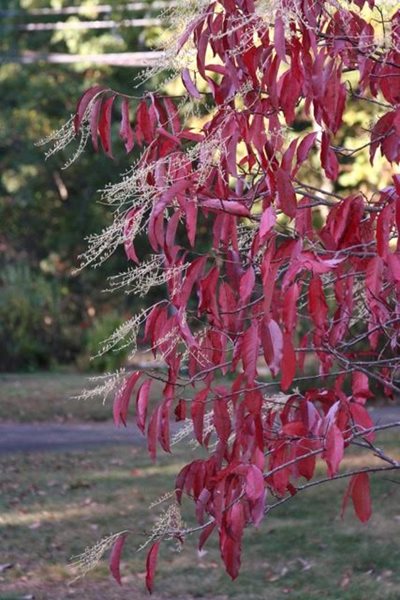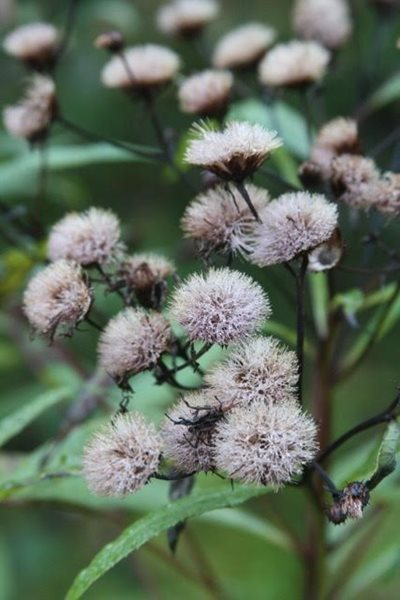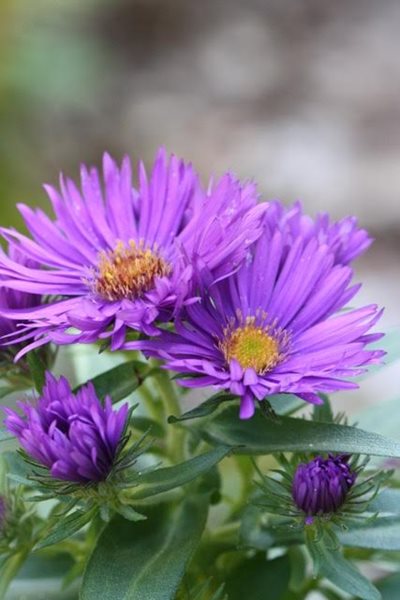Fall & Winter Plants for New England

Sourwood (Oxydendrum arboreum). Why don’t more people plant these small to medium trees? Wonderful summer flowers give way to some of the showiest fall foliage of any tree.

Fragrant sumac (Rhus aromatica) is the most garden-appropriate sumac species lacking the overly-vigorous nature of some of the other species but retaining amazing fall color.

Though too vigorous for most garden settings, we think the amazing colors of winged sumac (Rhus copallinum) should line parking lot islands and highway medians.

Fall is not just about foliage color but late-bloomers as well. Pictured here is cutleaf coneflower (Rudbeckia laciniata), with New York Ironweed (Vernonia noveboracensis) in the background.

Shown here are the fruits/seeds of New York ironweed (Vernonia noveboracensis), which are beautiful in their own way.

Though often blamed for fall allergies, goldenrods actually have nothing to do with hay fever and support more beneficial insect diversity than any other herbaceous genus in New England. Pictured here is a well-behaved species, downy goldenrod (Solidago puberula).
Learn more about growing goldenrod.

Likely the showiest of our native asters, New England aster (Symphyotrichum novae-angliae) produces deep purple flowers much loved by late-season bees.

Maple leaf viburnum (Viburnum acerifolium) gives the gardener all the beauty of a maple tree but in a much smaller package.

Which is better, fruit or foliage? A plant of many names: witherod, possumhaw or wild raisin (Viburnum nudum var. nudum).

Easily the showiest plant in early winter, winterberry holly (Ilex verticillata), puts on quite a show until the birds eventually snatch up its showy berries.
Get tips for growing holly.

Picking up right where winterberry holly left off, red-twig dogwood (Swida sericea) is easily the showiest shrub in the late-winter garden.




